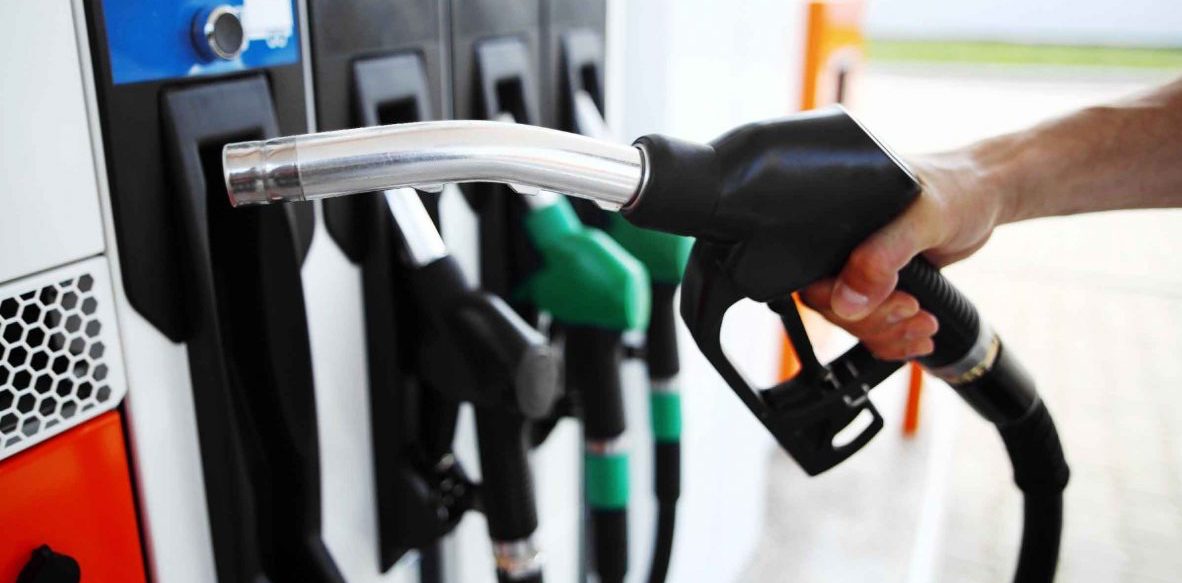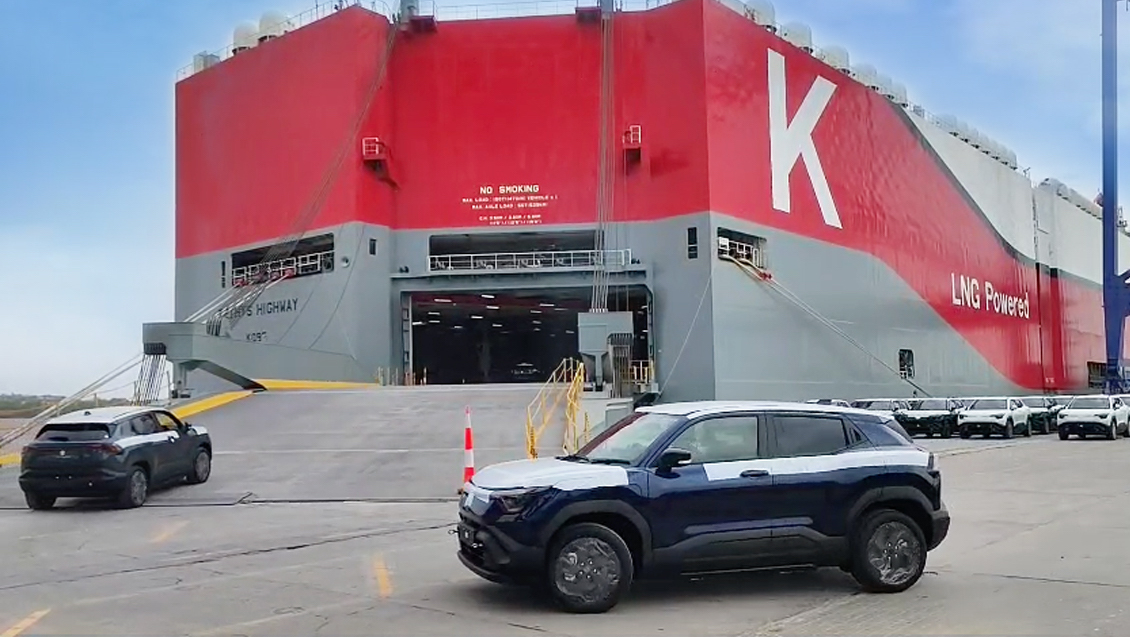Tesla, the world’s most well-known electric vehicle (EV) manufacturer, is facing an unusual and somewhat concerning problem—thousands of unsold cars are reportedly being stored in abandoned parking lots across the United States. Drone footage and eyewitness reports have surfaced, showing vast numbers of Teslas parked in empty lots, fueling speculation about the company’s production strategy, demand issues, and supply chain management.
As Tesla remains under intense scrutiny, questions arise: Why is Tesla storing cars in abandoned lots? Is demand for Tesla vehicles declining? Or is this simply part of the company’s logistics plan? This article explores the situation in depth, analyzing the factors at play and what they mean for Tesla’s future.
Tesla’s Surplus Vehicles: What’s Happening?
Recently, videos and images have emerged online showing large numbers of Tesla vehicles sitting idle in open fields, unused airport spaces, and deserted parking lots. Locations in California, Texas, and even Canada have been identified as unofficial Tesla storage sites. These cars, seemingly ready for sale, have sparked curiosity and concern among analysts, investors, and consumers alike.
The most surprising aspect of this development is that Tesla has historically struggled to meet demand. For years, Tesla customers had to wait months to receive their vehicles due to production bottlenecks. But now, there appear to be more cars than buyers—raising concerns about whether demand for Tesla’s EVs is declining.
While Tesla has not publicly addressed the reason behind the surplus of stored vehicles, industry experts have proposed several explanations.
Potential Reasons for Tesla’s Growing Stockpile of Unsold Cars
1. Overproduction: A Miscalculation in Demand?
One possible reason for the increasing number of unsold Tesla cars is simple overproduction. Tesla has aggressively ramped up its production capacity in recent years, building massive Gigafactories in Texas, Berlin, and Shanghai. These factories are designed to produce hundreds of thousands of vehicles annually, but if demand doesn’t keep pace, the result is an excess of inventory.
Tesla’s expansion was based on the assumption that demand would continue growing exponentially. However, recent factors—including rising interest rates, competition from other EV manufacturers, and changing consumer preferences—may have impacted Tesla’s ability to sell as many vehicles as it anticipated.
2. Slowing Consumer Demand for EVs
Although Tesla remains a dominant player in the EV market, there are signs that demand for electric cars is slowing, particularly in the U.S. The reasons for this include:
- Rising Prices & Interest Rates: With the cost of borrowing increasing, fewer people are willing to finance an expensive EV. Tesla’s price cuts in early 2023 helped boost sales temporarily, but the overall economic climate remains uncertain.
- Range Anxiety & Charging Infrastructure Issues: While Tesla’s Supercharger network is robust, the overall EV charging infrastructure in the U.S. still has gaps. Many consumers are hesitant to switch to an EV due to concerns about charging availability and range limitations.
- Stronger Competition: Automakers like Ford, General Motors, Hyundai, and BYD have introduced compelling EV alternatives, giving consumers more choices than ever before. Some buyers who would have previously chosen a Tesla are now exploring other brands.
3. Changes in Tesla’s Sales Model
Tesla has always been unconventional in its approach to sales, bypassing traditional dealerships in favor of direct-to-consumer sales. While this has given the company control over pricing and distribution, it also means that Tesla must handle inventory management differently than traditional automakers.
In the past, Tesla operated on a build-to-order model, producing cars only after customers placed deposits. However, with increased production capacity, the company has shifted toward maintaining inventory, meaning more vehicles are built in advance and stored until they are sold.
This shift could explain why Tesla has more cars sitting in storage—rather than waiting for customers to place orders before building vehicles, Tesla is now producing them in anticipation of demand. If that demand doesn’t materialize as expected, the company ends up with a surplus of cars sitting in parking lots.
4. Logistics & Delivery Challenges
Another possible explanation is logistics-related delays. Tesla has faced multiple supply chain disruptions over the past few years, from semiconductor shortages to shipping bottlenecks. Even if Tesla has customers ready to take delivery, moving thousands of cars from factories to customers requires efficient logistics, and any disruption can lead to temporary vehicle backlogs.
Tesla’s Gigafactories are producing vehicles at an unprecedented rate, and shipping them to different markets—especially overseas—can sometimes result in cars sitting in temporary storage locations until they are transported to their final destinations.
5. The End of the EV Tax Credit Rush
Tesla saw a surge in demand in early 2023 due to the availability of government EV tax credits, which allowed buyers to claim incentives when purchasing electric vehicles. However, as these incentives phase out or become more restrictive, the urgency to buy has diminished, leading to a slowdown in sales.
Without the financial benefits of tax credits, some potential Tesla buyers may be postponing their purchases or reconsidering whether an EV is the right choice for them.
What Does This Mean for Tesla’s Future?
Investor Concerns
Tesla’s stock has experienced volatility in recent months, and the sight of thousands of unsold cars sitting in abandoned lots raises concerns for investors. The EV giant has long been valued as a high-growth company, but if demand slows and excess inventory piles up, it could indicate that Tesla is facing deeper challenges.
Some analysts believe that Tesla’s rapid expansion may have outpaced real market demand. If the company is forced to cut prices further to move its unsold inventory, it could impact profit margins and weaken investor confidence.
Will Tesla Lower Prices Again?
To clear its excess inventory, Tesla may need to introduce additional price cuts. The company has already reduced prices multiple times in the past year to stimulate demand, and if the stockpile of unsold vehicles continues to grow, more discounts could be on the horizon.
Lower prices could attract new buyers, but they could also hurt Tesla’s brand perception, making the vehicles seem less exclusive. Additionally, frequent price adjustments could frustrate existing Tesla owners who paid higher prices for their cars.
Could Tesla Introduce New Models Sooner?
Another possibility is that Tesla accelerates the launch of new models to generate excitement and drive demand. The highly anticipated Tesla Cybertruck is expected to hit the market soon, and the long-rumored affordable Tesla Model 2 could be announced earlier than planned to attract budget-conscious buyers.
If Tesla can introduce compelling new models and improve affordability, it may be able to stimulate demand and prevent further inventory buildup.
Final Thoughts: A Bump in the Road or a Bigger Problem?
Tesla’s decision to store unsold cars in abandoned parking lots is undoubtedly unusual and raises important questions about the company’s production strategy and market demand. While several factors—ranging from logistical challenges to shifting consumer preferences—could explain the situation, it does suggest that Tesla’s previous strategy of selling every car it produced may no longer be a given.
For now, Tesla remains a dominant force in the EV industry, but the company will need to carefully navigate these challenges to maintain its competitive edge. Whether this is just a temporary logistical issue or a sign of deeper market troubles remains to be seen.
As more information emerges, Tesla fans, investors, and industry experts will be closely watching to see how the company responds to this growing inventory problem. Will Tesla slash prices again? Will it introduce new incentives? Or is this just another Tesla strategy that the world has yet to understand?
One thing is certain: the EV industry is evolving rapidly, and Tesla’s ability to adapt will determine its long-term success.







